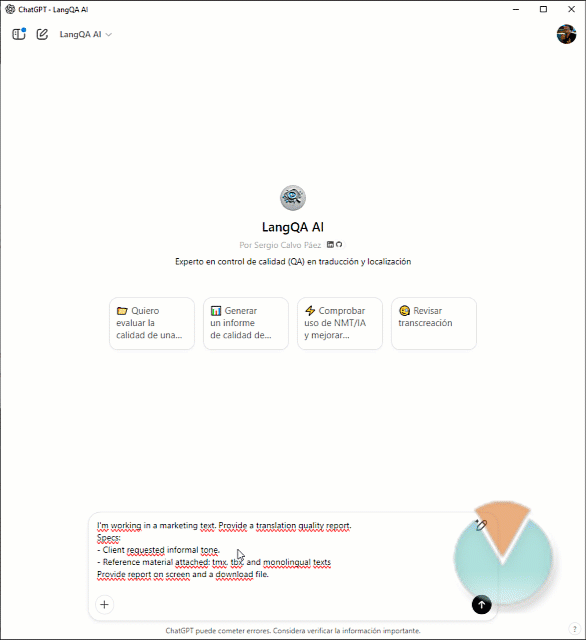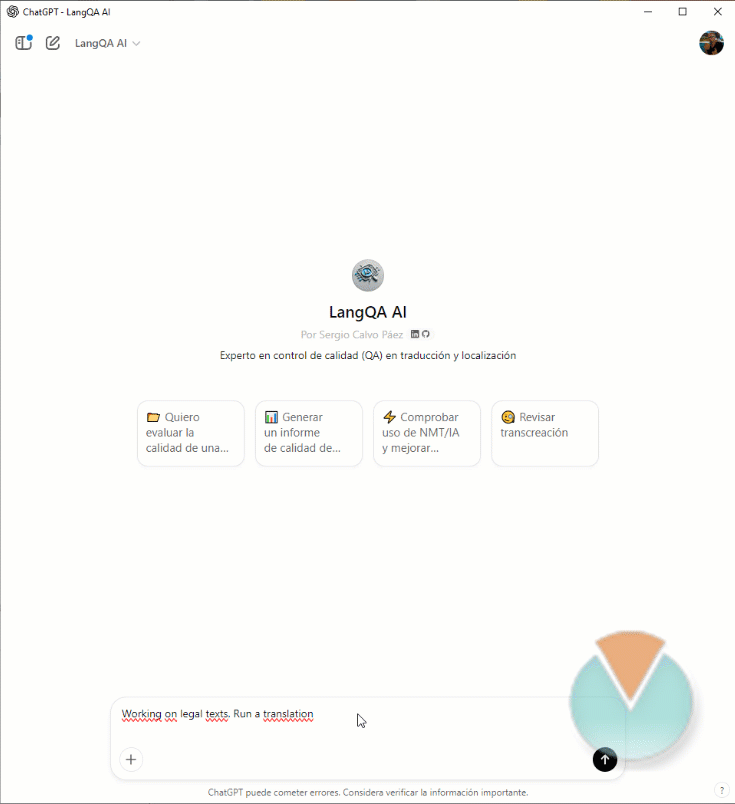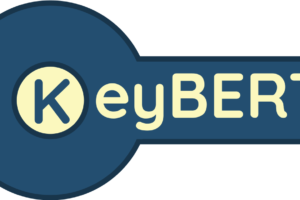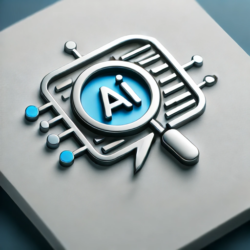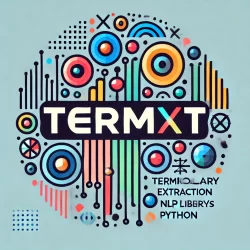Real Quality Management (RQM): Why Human Expertise is Still the Differentiator
The biggest myth in localization today? That AI alone can guarantee translation quality.
AI is revolutionizing localization, but here’s the brutal truth: Fully automated QA still fails at ensuring real translation quality.
Some companies are cutting costs by removing human reviewers, believing that AI can fully replace linguistic validation. The result? Inconsistent brand messaging, legal mistranslations, and PR disasters.
The missing piece? Real Quality Management (RQM).
At LangQA AI, I define RQM as the final human validation of quality, powered by AI-driven precision. AI tools can optimize processes, detect patterns, and catch mistakes, but only a linguist can certify that a translation meets the highest standards.
Historically, quality cycles in localization have evolved as follows:
- 1️⃣ Full human responsibility – The classic approach. Works only if the linguist has enough time, isn’t overloaded, sick, or on vacation. Inconsistent workloads = inconsistent quality.
- 2️⃣ Automated QA (basic regex-based linguistic checks) – A seemingly good idea, but these tools often flood linguists with false positives, wasting valuable time.
- 3️⃣ No human review at all – The cost-cutting dream. Some companies believe that relying purely on AI is the future. The result? Localization disasters, mistranslations that go viral, and costly reputation damage. (Just Google “worst translation fails” to see what I mean.)
LangQA AI breaks this cycle, finally delivering AI-powered QA that actually works. Unlike rigid, outdated tools, it doesn’t just run regex checks—it understands language.
How? By using semantic validation with word embeddings (or, as I like to call it, magic).
This means errors aren’t just flagged—they are actually understood in context. The linguist no longer wastes time marking false positives and can focus on refining, rather than fixing, the text.
Some believe AI is replacing linguists, translators, and reviewers. I disagree. AI is extinguishing errors—but only if they pass in front of my eyes and LangQA AI.
🔍 LangQA AI: Merging Technology with Human Expertise
Have you met LangQA AI?—the LQA AI Buddy that Actually Understands Language.
Unlike traditional QA tools that overwhelm you with false positives and rigid regex rules, LangQA AI is different:
- ✔ It learns. No more generic spellcheck—LangQA AI adapts to industry-specific terminology.
- ✔ It understands. Instead of flagging errors randomly, it considers semantic meaning and context.
- ✔ It collaborates. Designed by linguists, for linguists—this AI doesn’t replace the linguist; it’s built for the linguist to make their job easier.
Key Features of LangQA AI
- ✅ Terminology Management – Ensures consistent use of domain-specific terms.
- ✅ Contextual Analysis – Evaluates translations holistically, ensuring meaning preservation.
- ✅ Cultural Sensitivity Checks – Identifies localization issues beyond direct translation.
- ✅ Customizable QA Protocols – Allows users to define quality parameters specific to their needs.
🛠 Advanced Techniques Driving LangQA AI
1️⃣ Reference Corpus Comparison
LangQA AI compares new translations with previous work by integrating translation memories (TMX), termbases (TBX), or even monolingual corpora.
- ✔ Identifies inconsistencies between new and past translations.
- ✔ Ensures approved terminology is maintained throughout the content.
2️⃣ Pattern Recognition with NLP + Regex
By combining machine learning with linguistic rule-based approaches, LangQA AI can:
- ✔ Create client-specific rules to match different needs.
- ✔ Validate numerical formats, dates, and unit conventions (e.g., “USD 5,000” in English → “5.000 USD” in Spanish).
3️⃣ Fluency & Naturalness Assessment (Embedding-Based Scoring) – Because style carries meaning, too!
AI-driven fluency checks compare translations with native-level structures to:
- ✔ Detect forced or awkward phrasing (e.g., “Make a photo” instead of “Take a photo”).
- ✔ Ensure the translation reads as naturally as an original text, not robotic outputs.
4️⃣ AI/MT Translation Detection
LangQA AI identifies whether a translation was likely generated by an MT system by analyzing linguistic patterns and syntactic structures.
- ✔ Flags machine-translated content that may require deeper human review.
- ✔ Provides a “human-like” vs. “machine-like” quality score.
📌 Real-World Use Cases: Why Companies Are Looking at LangQA AI
LangQA AI is already making waves in the industry. In just a few days, we’ve seen a growing number of users recognizing its value—because it tackles real QA challenges head-on.
1️⃣ Marketing & Branding – Keeping the Message Right, Everywhere.
A global e-commerce brand complained about inconsistencies in a translation. The LSP automated QA didn’t catch some errors. LangQA AI would help to:
- ✔ Ensure brand voice consistency across different regions.
- ✔ Adapt product descriptions to local audiences while maintaining message integrity.
📸 (Insert case study screenshot or link to screencast here.)
2️⃣ Legal & Compliance Translations– Better to avoid lawsuits!
A multinational law firm expects precise terminology consistency in their texts. That’s why they also pay for terminology management service. Traditional terminology checkers fail at context—they only look at word forms, ignoring suffixes and conceptual meaning. LangQA AI can go a step further.
- ✔ Maintain precise legal terminology across multilingual contracts.
- ✔ Accelerate review time by automating preliminary checks, allowing lawyers to focus on substantive legal analysis.
- ✔ Detect potential legal issues of not using the appropriate terminology in the context, by running semantic analysis. Don’t forget! A simple word can lead to Court.
🚀 What’s Next? From GPT to AI QA Assistants
LangQA AI is just the beginning. The next generation of AI QA Assistants is coming—one that doesn’t just detect errors but actively helps you fix them. Imagine an AI that learns from your corrections, adapts to your workflow, and prevents mistakes before they happen. That’s where we’re headed: pioneering AI-powered QA Assistants that empower human experts to certify the highest quality standards.
Here’s what’s coming next:
- ✔ Optimized UI with a wide-screen layout for better readability.
- ✔ Expanded file support – Now handling XLIFF, TMX, TBX, CSV, DOCX, and TXT.
- ✔ Enhanced export options – Reports available in TXT, CSV, and Excel.
- ✔ Integrated download buttons – Simplified access to processed QA reports.
- ✔ Improved Markdown error highlighting – Color-coded structured error representation.
LangQA AI is evolving into a true AI QA Assistant, one that doesn’t just check errors but actively collaborates with human linguists to ensure the highest standards of quality.
Join the Real Quality Management (RQM) Movement
If you’re serious about high-quality translations, LangQA AI is the future of Localization QA.
📖 Read the first LangQA AI announcement:
🔗 The Lingua Engineer Blog
📢 Want to stay ahead of the curve? Follow me on LinkedIn for upcoming updates!
What’s your biggest QA struggle right now? Let’s solve it—together.
Drop a comment or reach out—I’d love to hear your thoughts on the future of localization QA.



![[post-views]](https://www.veriloquium.com/wp-content/uploads/2025/02/DALL·E-2025-02-26-11.58.33-A-modern-minimalistic-digital-illustration-for-Real-Quality-Management-RQM-in-localization-and-translation-QA-using-a-clean-and-subtle-color-schem-900x252.webp)
